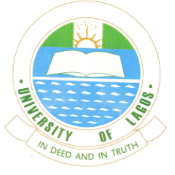Use of sodium dodecyl sulfate to improve tuberculosis sputum smear microscopy
DOI:
https://doi.org/10.15641/ghi.v2i2.824Abstract
Sputum smear microscopy (SSM), the most widely available tool for tuberculosis (TB) detection, has limited performance in paucibacillary patients and requires highly experienced technicians. The objective of this study was to determine whether the addition of sodium dodecyl sulfate (SDS), a detergent that thins sputum, at 4% and 10%, improves the detection of acid-fast bacilli (AFB), the clarity of slides, and the biosafety of the technique. Thirty participants with presumptive TB were enrolled. Three independent, blinded technicians examined the slides. Regular sputum concentrated AFB smear and sputum culture were used as standard control methods. Sputum culture was also performed before and after 10% SDS addition for safety analysis. We found that neither SSM with SDS 4% nor SSM with SDS 10% improved the test’s performance. However, slides with 4% and 10% SDS, compared with slides prepared without SDS, had significantly better clarity scores. The 10% SDS-prepared sputum samples were all culture negative. While adding SDS detergent does not improve the performance of SSM slides, it does improve the clarity and biosafety. Where experienced technicians are scarce, especially in low resource settings, use of SDS may enhance the ease of slide reading in sputum smear microscopy.
Downloads
Additional Files
Published
How to Cite
Issue
Section
License
Global Health Innovation is an open access journal, and the authors (copyright owners) should be properly acknowledged when works are cited.





